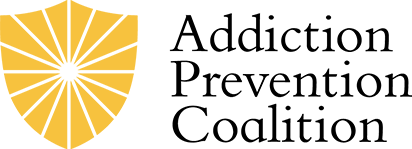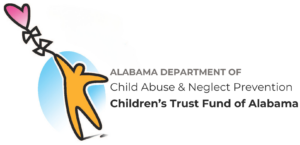
Families of Addiction: Change to Prevent Change
Substance Use Disorder changes a family. Dad is still dad but with a hint of whiskey. Brother is still brother but with marks on his arm. Daughter is still daughter but with a pill bottle at the ready. The silence at family get-togethers is loaded but absent of trust. The difference is small; uncanny. The bond remains, but the family is not the same.
The National Survey on Drug Use and Health estimates that 19.7 million Americans struggled with a substance use disorder in 2017.1 However, that statistic does not include the millions more family members of those affected. Rarely do people suffer it alone, and likely no family has met an addiction and overcome it unchanged.
Change with Direction
Change is inevitable in addiction. If the family does not change to meet the demands of recovery, then the strength of the familial bonds will be tested and frayed. Recovery is a time for healing, for both the person with substance use disorder and the family members who may have been affected by it. The goal is to change with direction: change in ways that will help the family recover. Change proactively.

The truth is things will change after treatment. When a family member completes a rehab program, they may come home with a more reserved personality. They may want to do different things or see different people than they used to. Life after treatment should focus on positive places, people, and activities.2 The family should help those changes happen, or the risk for relapse will increase.
The way a family changes is just as important as what causes the change. The whole family must react to the new needs introduced by addiction. The road to recovery involves treatment facilities, therapy sessions, well-defined plans, and learning. For the best chance at recovery, the entire family should be involved in these new changes. Therefore, the family must change with direction to fight addiction.
Change from Within
Change can happen from within before there is a problem. Children with parents that abuse drugs are more likely to have behavioral problems, and are therefore more likely to abuse drugs later.3 These types of statistics are consistent across the board. Children of smokers are more likely to smoke.4 Children of drinkers are more likely to drink. Substances in the home influence substances in the family.
However, the same is true with reinforcement. A 2015 study conducted by UCLA found that behavioral problems caused by exposure to substance can be “mitigated by improving the functioning of the family.”5 In short, reduce exposure to reduce risk. Addiction is complex and multi-factored, but reinforcement is a smart step in prevention.
Protective factors are anything that can help a family member (even adults) deal with the challenges of substance dependency. The most effective factors are unique to each family, but here are a few that work consistently:
- Open communication: Any member of the family is encouraged to come forward if they are struggling with substances or notice changes in behavior of others in the household.
- Shared information: Each family member is aware of substances, their risks, and the warning signs of a dependency.
- Immediate Support: There are plans in place to pick up a family member from a bad situation or find help for an addiction that has already taken root.
Change in Grandfamilies

Not every family is fortunate enough to find the problem in time. Over 2 million grandparents around the country are raising their grandchildren. The Opioid Crisis is the leading contributor to this shift.6The crisis has resulted in many parents being incarcerated or overdosing on opioids. Many grandparents are now having to delay retirement or come out of it to be able to afford the cost of raising children again.
As the nation struggles to correct the overprescribing of opioid medications, “grandfamilies” are stuck, fighting to make ends meet, a result of the harm addiction can cause. While there are organizations like Children of Addiction that attempt to secure resources for these families, the only solutions they can offer are a reaction to a problem.
Change to Learn
Addiction is difficult. Family will feel different, almost the same but enough distance to be unrecognizable. The subtle changes in personality, the loss of trust, and the shifting family dynamics are never easy to solve, but with love and perseverance, a sense of normalcy can return. Because the change in addiction is often times painful and unwieldy, the solution remains and always will be Prevention.
So, you want to change with direction? You want to be prepared? You can start by being informed. Learn what substances are plaguing your community. Learn what resources are available to your family. Learn prevention instead of recovery.
References:
- https://americanaddictioncenters.org/rehab-guide/addiction-statistics (NSDUH Study)
- https://theridgeohio.com/helping-your-loved-one-recover/ (Life After Treatment)
- https://teens.drugabuse.gov/blog/post/real-teens-ask-addiction-hereditary (Teen Drug Abuse)
- https://drugfree.org/learn/drug-and-alcohol-news/teens-more-likely-to-smoke-if-parents-were-smokers-even-if-they-quit-long-ago/ (Drugfree.org Smokers)
- https://www.ncbi.nlm.nih.gov/pmc/articles/PMC4315541/ (UCLA Study)
- https://www.gu.org/app/uploads/2018/09/Grandfamilies-Report-SOGF-Updated.pdf (Grandfamilies)
- https://nacoa.org/grandparents-opioid-crisis/ (Children of Addiction)









